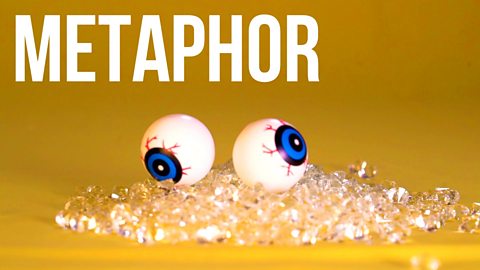Syntax and inversion are two different ways of ordering words in a sentence.
What are inversion and syntax? How and why would you use them?
Syntax
Syntax is the 'normal' word order of a sentence:
Subject > Verb > Object.
'The cat sat on the mat.'
- 'the cat' is the subject
- 'sat' is the verb
- 'the mat' is the object
Syntax emphasises the subject and makes it the most important part of the sentence.
More examples
Can you easily tell which parts of the sentence are the subject, verb and object?
- 'Jade visited her friends.'
- 'The vampire sucked the blood of his victim.'
- 'The bus was stuck in traffic.'
Inversion
Inversion is the reverse of syntax. It is often used in order to place emphasis on a particular word.
What is inversion?
'On the mat sat the cat.'
Inverting the sentence draws the reader's attention to the mat (the object) instead of the cat (the subject). It takes the reader by surprise because it's not what they expected.
'When a clatter came, it was horses crossing the ford.'
In this example from Norman MacCaig's poem Sounds of the Day, the 'clatter' appears in the sentence before the subject that is making the sound ('horses'). This use of inversion places more importance on the sound than the subject. How might you rewrite this using normal syntax?
More examples
- William Shakespeare used a lot of inversion in his writing like in this famous quote from the play Hamlet: 'To be or not to be, that is the question.'
- The Star Wars character Yoda is famous for his inverted style of speaking: 'Powerful you have become, the dark side I sense in you.'
More on Understanding, analysing and evaluating
Find out more by working through a topic
- count1 of 18

- count2 of 18

- count3 of 18

- count4 of 18
